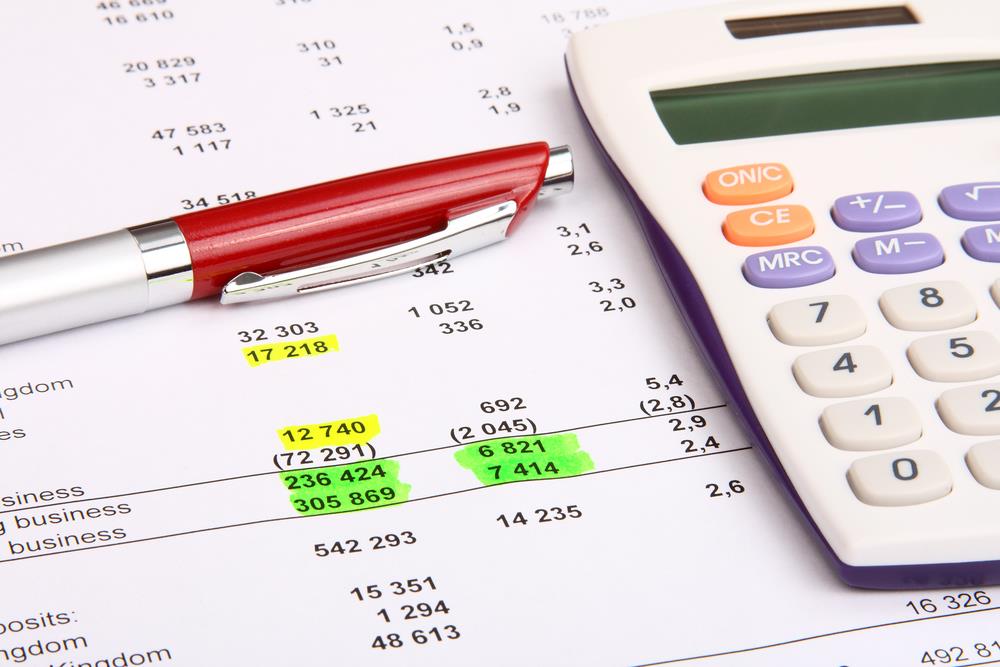How does procurement affect your company's overall financial results? Does it influence your company's profits at all? We know that if we fail to perform, we might end up with no goods to deliver to our customers. Furthermore, delivering components late to manufacturers can lead to production delays. Thus, with any disruptions in the supply chain, we risk very practical losses. The results of delays can be very visible, very tangible, and sometimes painful for the company, leading to customer dissatisfaction and financial risks due to contract penalties. But what if you have good processes, you manage risks in the supply chain well, and there are no shortages?
To measure the financial effects of procurement, we can look at the typical cost structure of a manufacturing company and divide its costs by its external costs (i.e. goods and services purchased from other organizations). Then we have so-called added-value costs, which include depreciation, labour and other fixed costs. On top of this, we add the sales margin. Now we have a typical cost structure for a manufacturing company, where procurement accounts for around 60% of the turnover.
Now let's imagine that the procurement team for this company has achieved a 2% price decrease with its external suppliers. Therefore, instead of 60%, its procurement will be 2% less. Two percent of 60% is 1.2% of the total turnover saved by the team. If the sales prices remain the same, where does the company allocate that 1.2%? To its profit margin, of course.
Now its profit is not 5% but 6.2%. Fantastic!
The profit increase in percentage form is a lot: 24%. Therefore, by decreasing its purchase prices by 2%, the company has managed to increase its profit by 24%.
In this scenario, the company would also see a 24% increase to its return on investment simply by decreasing the purchase price by 2%. Such a leverage effect is called the leverage effect of procurement. This is a great way to sell procurement when talking to other departments in your company.
Now let's imagine that the procurement team for this company has achieved a 2% price decrease with its external suppliers. Therefore, instead of 60%, its procurement will be 2% less. Two percent of 60% is 1.2% of the total turnover saved by the team. If the sales prices remain the same, where does the company allocate that 1.2%? To its profit margin, of course.
Now its profit is not 5% but 6.2%. Fantastic!
The profit increase in percentage form is a lot: 24%. Therefore, by decreasing its purchase prices by 2%, the company has managed to increase its profit by 24%.
In this scenario, the company would also see a 24% increase to its return on investment simply by decreasing the purchase price by 2%. Such a leverage effect is called the leverage effect of procurement. This is a great way to sell procurement when talking to other departments in your company.




